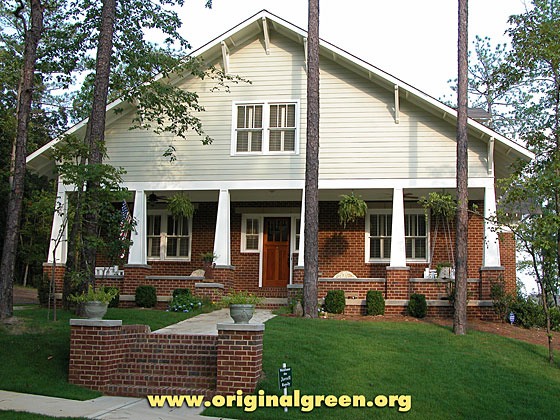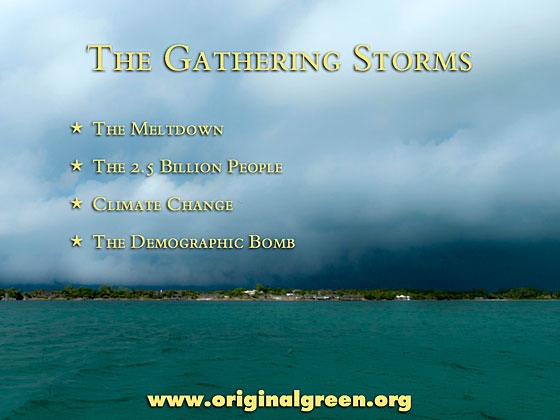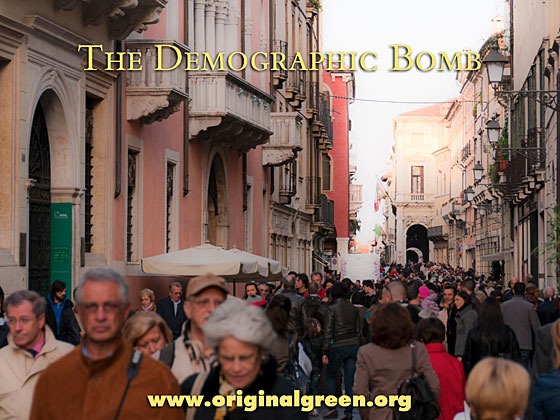search the Original Green Blog

It turns out that buildings built in nearly all of the places we have loved the most and valued the longest were created by living traditions. They are also almost invariably the places and buildings we consider to be the most authentic.

Similar to the mythical factory-built tomato, the best we can do today with a command & control system of construction is to create a likeness of those authentic buildings, and it's an extremely difficult proposition because we're using a mechanical tool to do an organic job. Town Founders, Town Architects, and the like go to great efforts to get the buildings right, but succeed only nominally and only occasionally.

Without those Herculean efforts, however, we're far more likely to get a cartoon of those most authentic buildings instead of a precise likeness because cartoons are the default setting of today's construction industry.

This problem arises from the fact that style doesn't arise from any particular way of building, but is only a skin-deep appliqué on the surface of today's wood-frame boxes.

This house, for example…

… could almost as easily have been this house with just a change of skin…

… or with just a few adjustments, it could have been this house. This was all fine and good before the Meltdown if you had the cash and the intestinal fortitude to make sure the builders got it right. Today, however, we can no longer afford the costs of a random collection of styles applied like expensive wallpaper.

Today, four storms are gathering, any one of which would be ample to change our world. But all four working together virtually guarantee that our world will be irrevocably altered:

1. The Meltdown continues to shake the development and construction industries like nothing we've seen in our lifetimes. In the US, for example, over 50% of architects are out of work, and thousands of them will likely never work in the profession again. Some designers and builders who have created wonderful homes for others are facing the spectre of homelessness for themselves.

2. In China and India alone, 2.5 billion people are moving from a low-impact agrarian lifestyle into the city. If they do 2-1/2 times as well as the US with their need for cars in the city, there will still be over a billion cars on the road in a few years that didn't even exist a few years ago. And there are other populous countries as well that are going through this same transition. Once, the American middle-class lifestyle was the world's biggest ecological problem. Today, the export of the image of that lifestyle has increased its impact by an order of magnitude. And with demand for fuel spiking like this at a time when supplies are stressed, there is little doubt as to the future acceleration of fuel costs.

3. The Prince of Wales has been the most prominent world leader to vigorously push for altering our climate change trajectory, pointing out that irrevocable worldwide changes are just a few dozen months away. Soon, we may be faced with mitigating the unmanageable so that we don't have to face the unthinkable.

4. The Demographic Bomb wasn't even on my radar screen until last year, but it should have been. We have had net purchasers in the US housing market since the end of World War II because the young are usually buying and the old are more often selling, and because we have been demographically young for decades. Beginning this year, we will have more sellers than buyers for the first time, continuing as far as the eye can see. This means that real estate price pressures will be downward for the first time in our lifetimes, and for the rest of our lives for most of us.
Clearly, the existing system is broken, and its remains will be battered by these four storms for years to come. Paradoxically, this is very good news, because while the machine was running smoothly, generating untold wealth for millions, sustainable places like Seaside and Poundbury could never have been more than a tiny niche market. But the collapse of the Consuming Economy has opened the door for more sustainable ways of building to become the normal ways of building.
~Steve Mouzon
This is one of 6 posts that contain my presentation to the joint INTBAU-Notre Dame conference in London, Architecture in the Age of Austerity, on April 30, 2012.
Here are the posts:
Post 5 (this one)
Legacy Comments
Richard Bono · Owl Valley Studio at Richard J. Bono, Architect
I have been thinking recently of Ruskin's "commodity firmness and delight"...certainly delight (or love) has so often been taken out of the design of towns and buildings. I needs to return. But recently, I have been thinking, that more fundamental than delight, since it receives its proper significance on in relation to something other than itself...is commodity. Commodity, or fitness to human use, I see being increasingly driven by Climate Change. I think at as botanic zones radically change in the next 75 years, architecture will need to adapt...not with expensive rube Goldberg mechanical engineering solutions...but with common sense architectural ones. In just 75 years, the traditional architecture of southern Georgia will be more appropriate in Pennsylvania, than in its place of origin. Think of that!
539+


